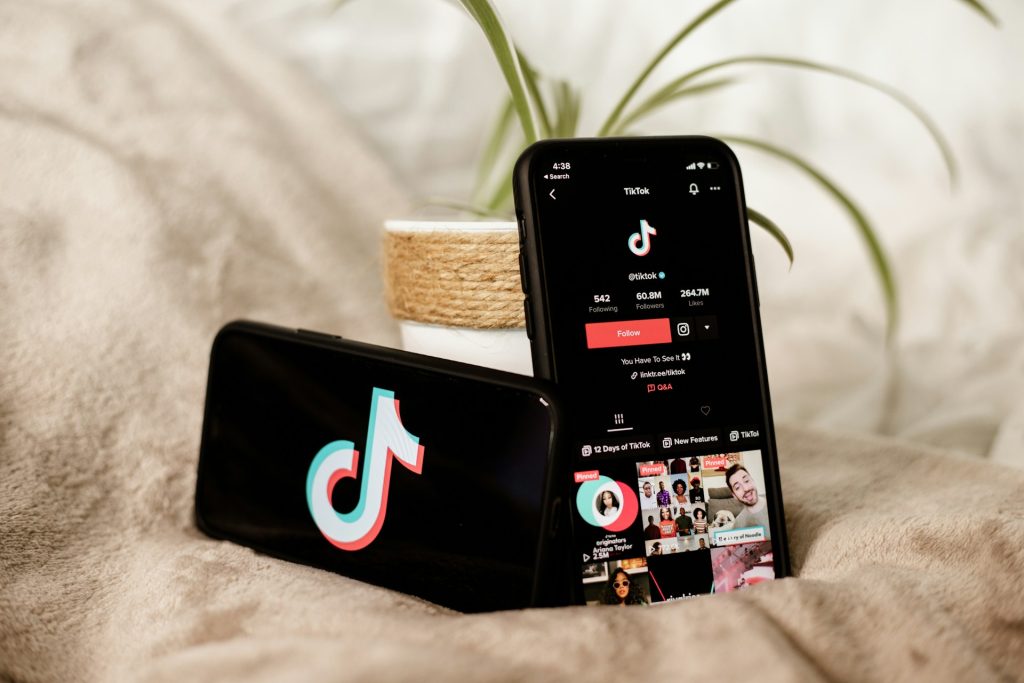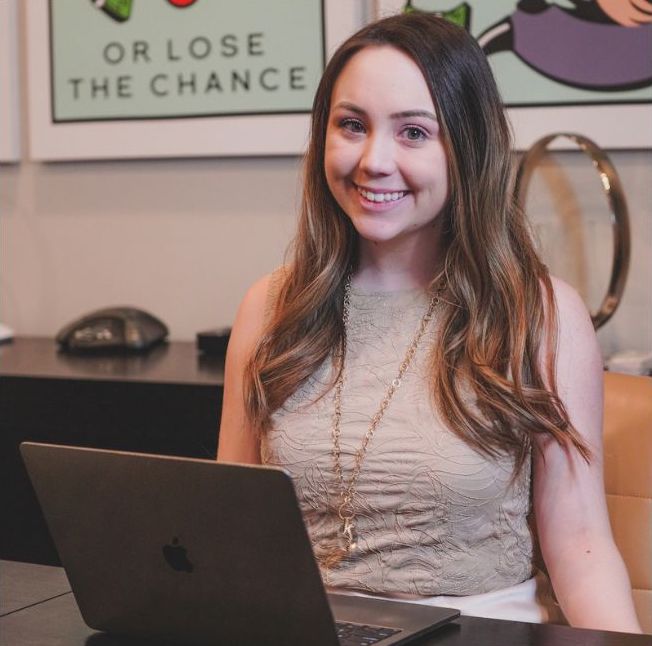
Pranks have always been part of childhood, but TikTok’s global stage has turned everyday antics into high-stakes performances. Kids now record elaborate stunts not just to amuse friends but to rack up likes from millions of strangers. That thirst for attention often clouds judgment, pushing harmless gags into dangerous territory involving theft, assault, or costly vandalism.
Parents frequently discover the fallout only after a viral clip has already circulated, sparking backlash from victims, schools, or the police. Suddenly the question isn’t “Was that funny?” but “Who’s paying for the damage?” Below, we explore whether the parents should be the ones paying for their kids’ mistakes.
Current Laws: Can Parents Be Held Liable?
In most U.S. states, parents can already face civil liability for a minor’s willful misconduct, including property damage or bodily harm—regardless of whether the incident was filmed for TikTok. Those rules usually cap financial penalties, but they set a clear precedent: caregivers aren’t fully off the hook. Criminal charges are rarer; still, precedent exists.
The notorious 2017 “DaddyOFive” YouTube case led to probation and a ban on filming certain children after courts deemed the parents’ prank content abusive. While no nationwide statute targets TikTok pranks specifically, prosecutors can—and do—invoke existing vandalism, harassment, and endangerment laws when a video crosses legal lines.
Why Social Platforms Alone Can’t Fix the Problem
TikTok’s Community Guidelines prohibit harmful challenges and allow users to report dangerous content. The app also promotes Family Pairing tools that limit screen time, private messaging, and mature videos. Yet algorithms designed to maximize engagement still amplify shocking or risky pranks before moderators remove them. Parental controls matter but can’t substitute for real-time oversight and value-based conversations at home. Without adult guidance, the platform’s sheer speed and visibility tempt kids to chase clout over common sense.

The Emotional Cost No One Sees on Camera
Even when a prank doesn’t end in legal trouble, the social fallout can devastate young participants. Public shaming, cyberbullying, and school disciplinary actions often follow viral mischief. Kids may experience anxiety, depression, or ostracism long after the video disappears. Parents who address only the external consequences—paying a fine or replacing broken property—miss the deeper emotional repair their child needs. Teaching empathy and digital citizenship becomes crucial to break the cycle of harmful pranks and reckless challenges.
Five Ways Parents Can Get Ahead of Trouble
Here are a few tips to help you monitor and manage your child’s social media use:
- Activate safety settings together. Sit with your child and walk through TikTok’s privacy and content filters so they understand why each toggle matters.
- Create a posting pause rule. Require kids to wait 24 hours before uploading any prank or challenge, giving them time to rethink potential harm.
- Discuss real-world impact stories. Share age-appropriate news reports of pranks gone wrong to illustrate legal and emotional consequences.
- Establish consent as non-negotiable. Make it clear that filming anyone without permission—or in a way that humiliates them—breaks both family rules and, often, the law.
- Model mindful scrolling. Kids copy adult behavior; showing restraint and critical thinking online reinforces every lecture about safe sharing.
Toward Accountability Without Automatic Fines
Should every reckless upload trigger a parental ticket? Blanket fines risk punishing attentive caregivers whose children act impulsively despite firm guidance. A more balanced approach combines existing liability laws with stronger digital-literacy education in schools, clearer reporting pathways on platforms, and community service options that teach restitution.
Parents, tech companies, and lawmakers each hold part of the solution; none can shoulder it alone. What matters most is cultivating households where curiosity and creativity thrive without endangering others or courting viral chaos.
Your Turn: Where Should Responsibility Fall?
Holding parents automatically liable for every TikTok prank might deter some posts—but could it also overlook root causes like peer pressure and algorithmic incentives? How do you balance a child’s learning curve with community safety? Share your take and any preventative strategies you’ve tried in the comments—we’re eager to hear your perspective and keep this conversation moving forward!
Read More
- Second Hand Parenting: 12 Reasons Your Parents Shouldn’t Be Raising Your Kids
- 15 Things You Should NEVER Share About Your Children on Social Media

Samantha Warren is a holistic marketing strategist with 8+ years of experience partnering with startups, Fortune 500 companies, and everything in between. With an entrepreneurial mindset, she excels at shaping brand narratives through data-driven, creative content. When she’s not working, Samantha loves to travel and draws inspiration from her trips to Thailand, Spain, Costa Rica, and beyond.